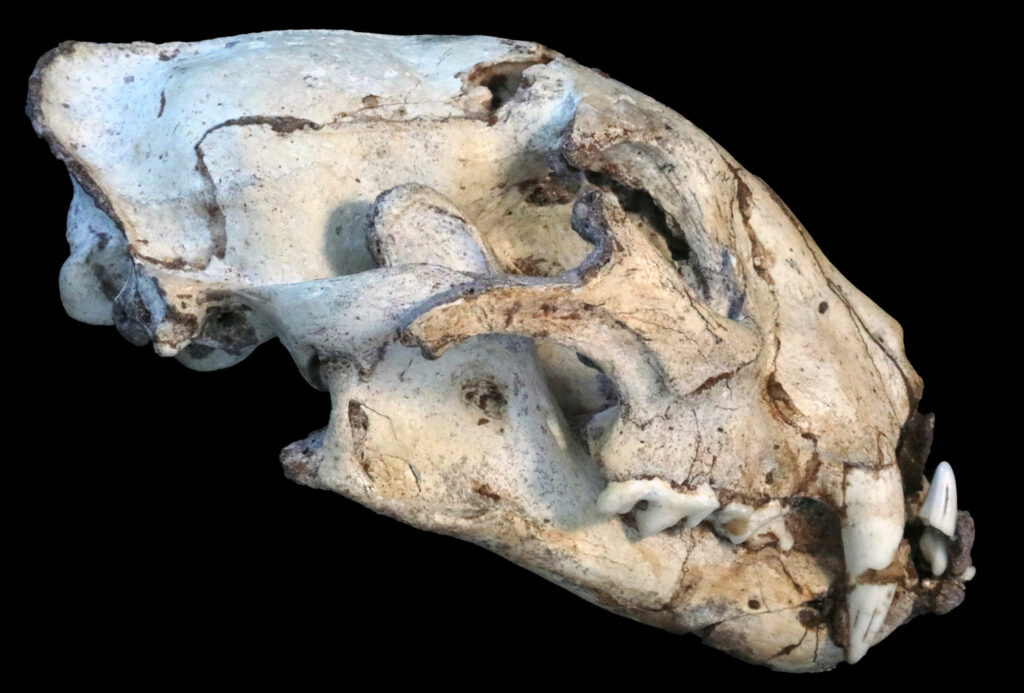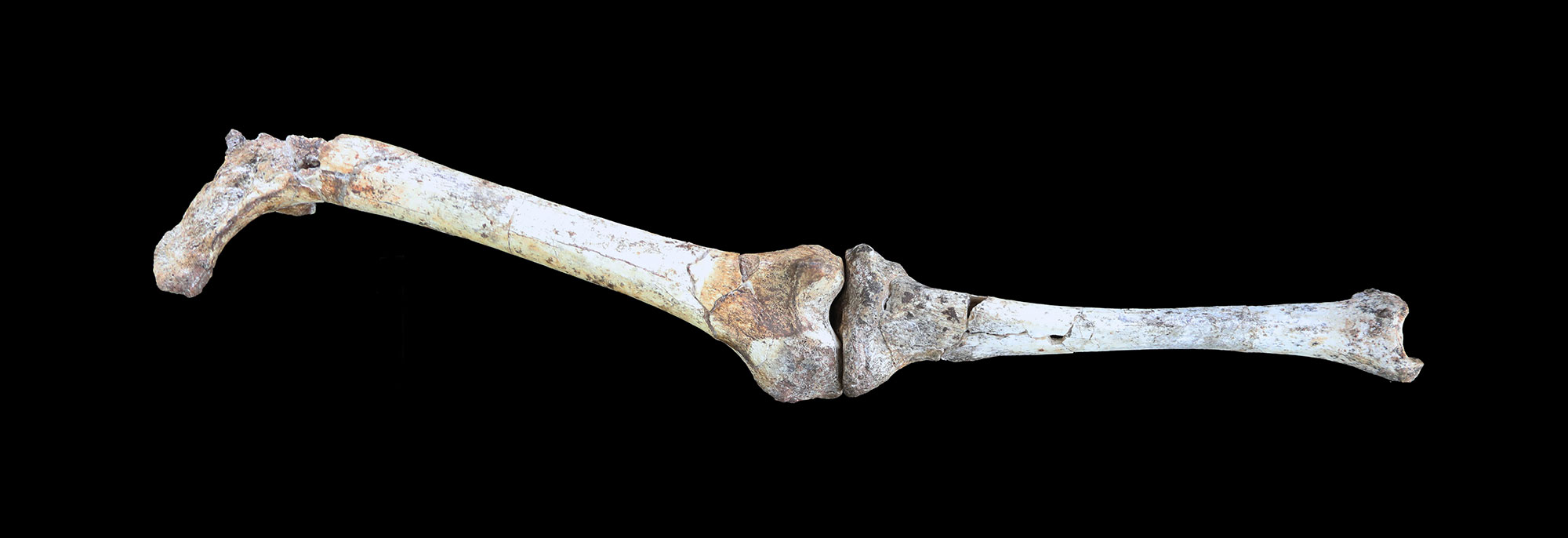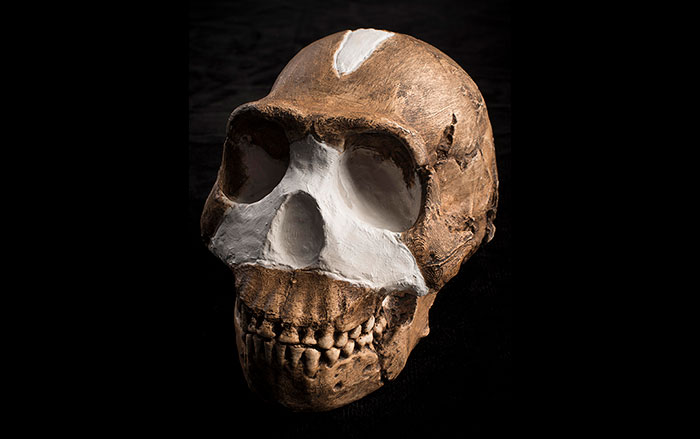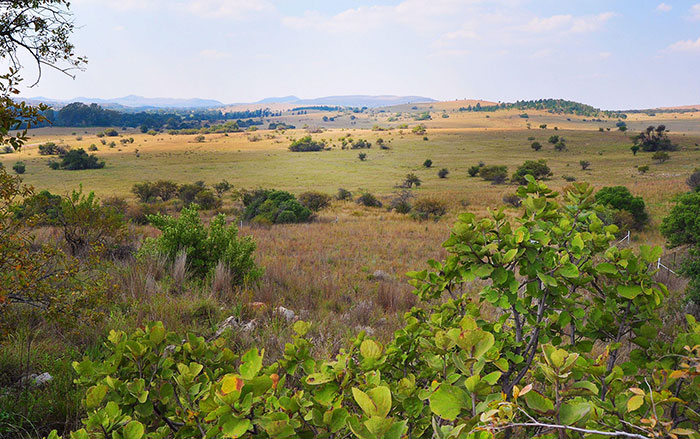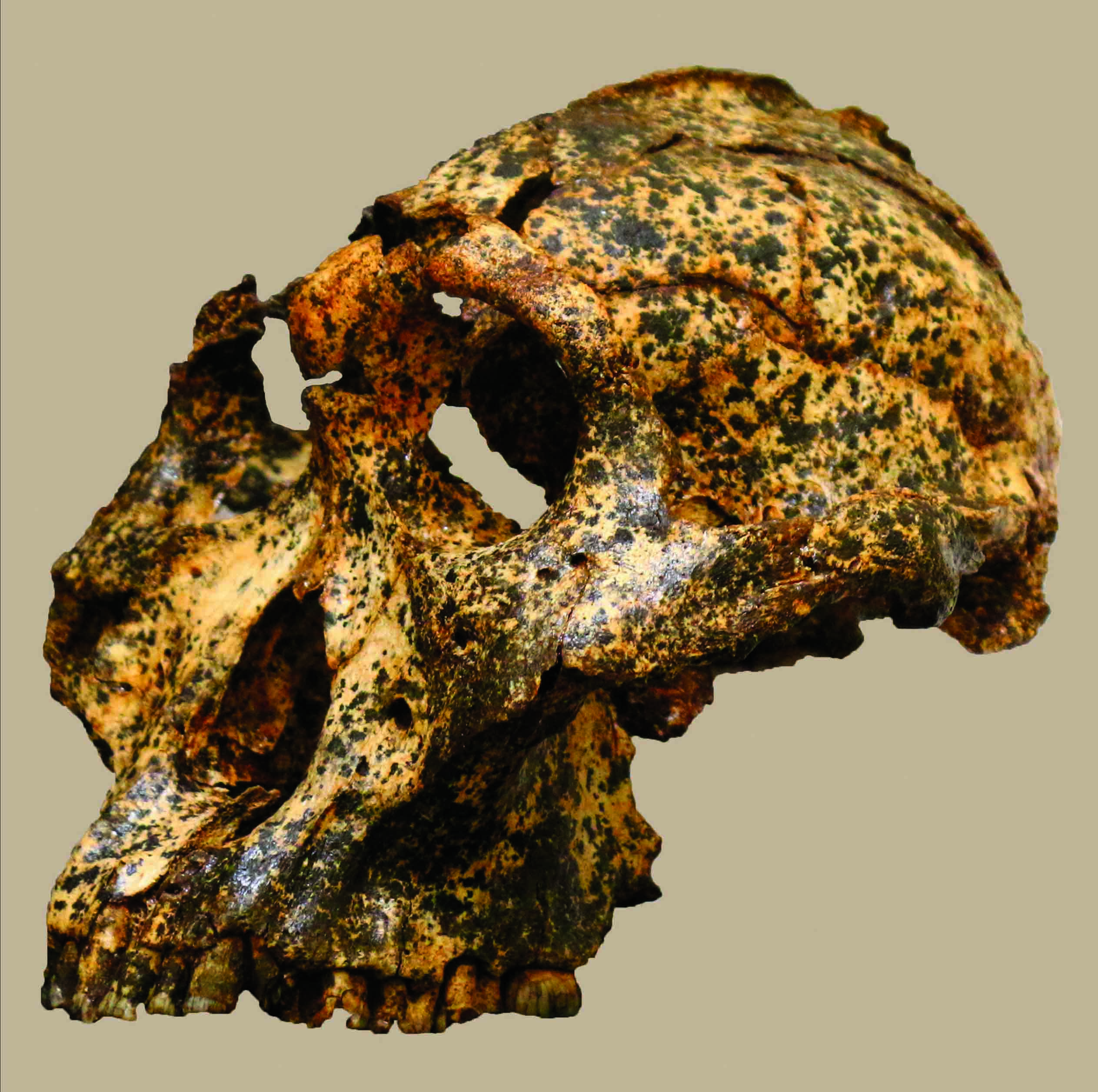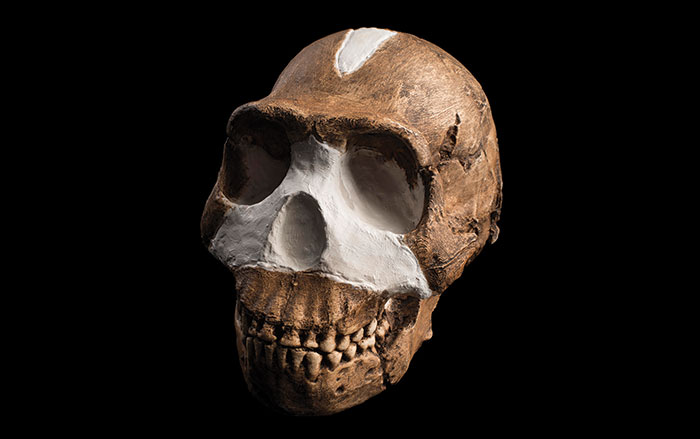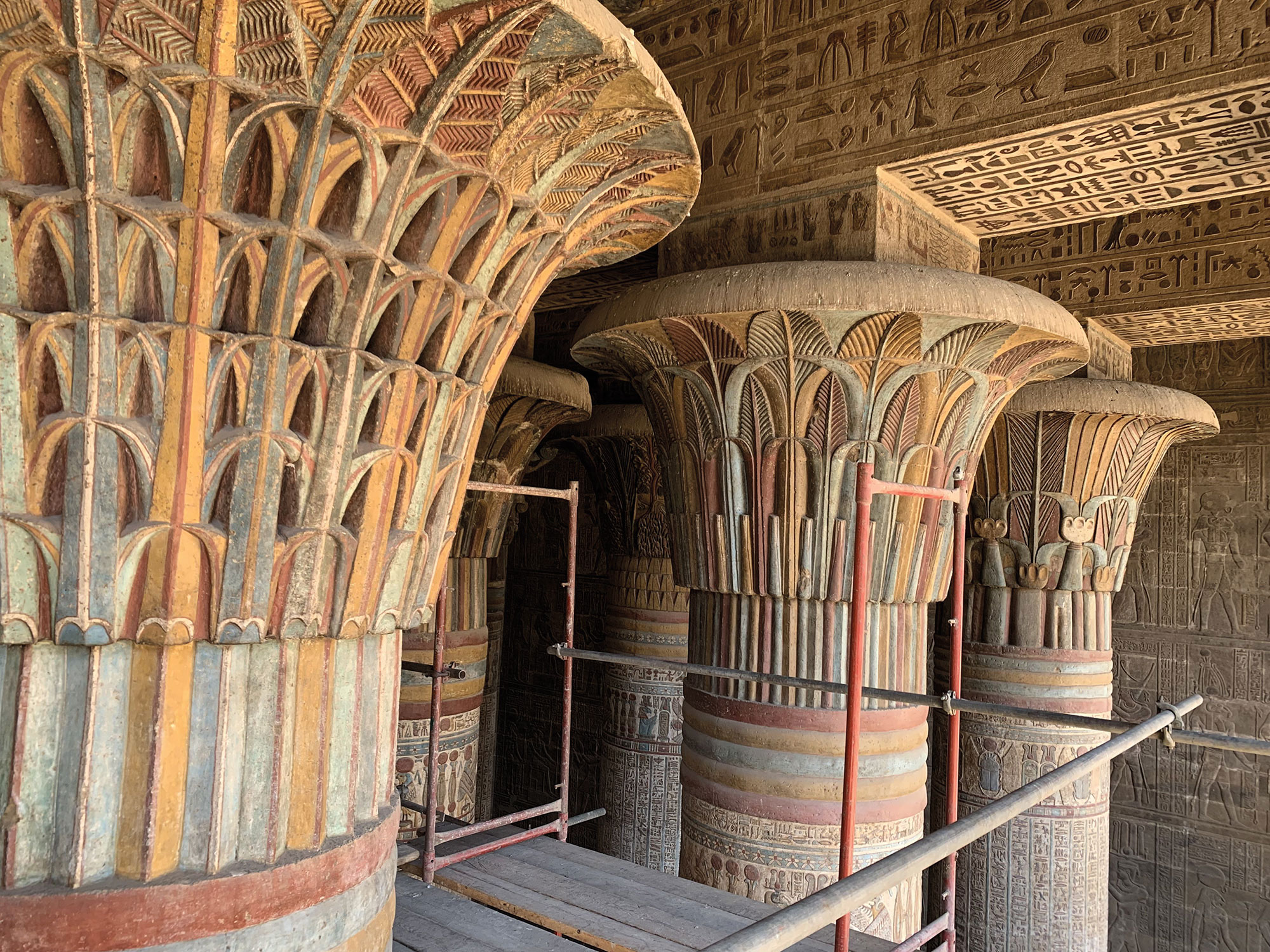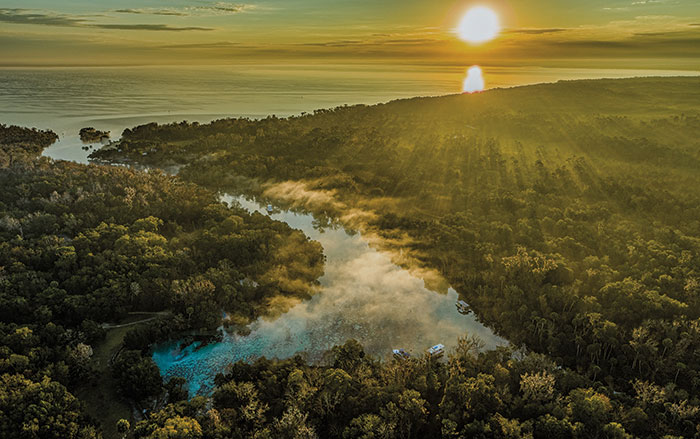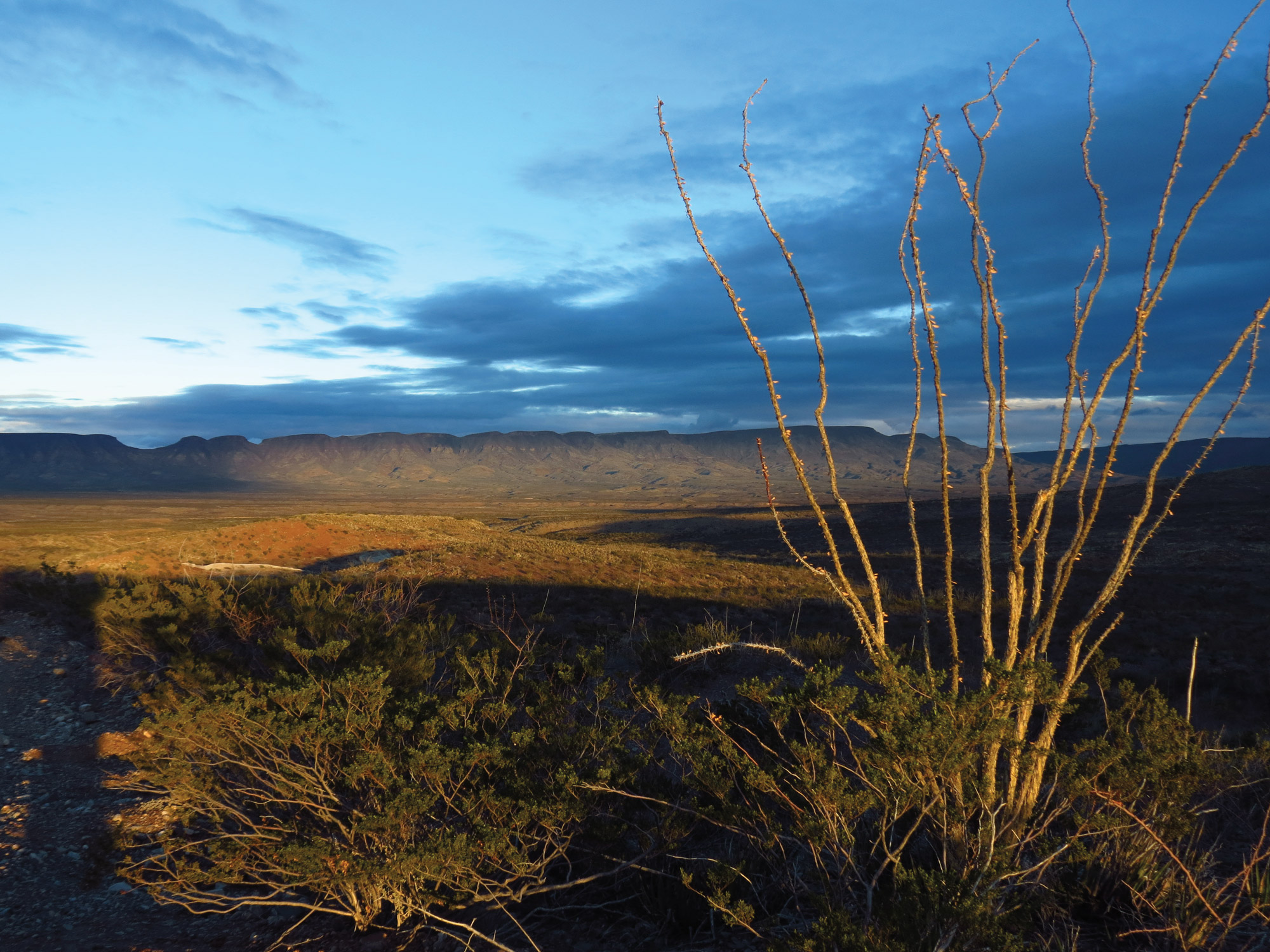
SWARTKRANS CAVE, SOUTH AFRICA—Live Science reports that bones from one of the smallest human ancestors, who lived two million years ago, were retrieved from the Swartkrans Cave in South Africa’s “Cradle of Humankind.” The left leg and hip bones belong to a Paranthropus robustus adult female that stood only three foot four inches tall, even more diminutive than the famous “Lucy.” P. robustus wasn’t a direct human ancestor but was closely related to Homo ergaster, a species that likely was. The leg bones of P. robustus are rarely found, so the discovery provided new clues about how the species may have walked. According to the researchers, the robust hip bones coupled with the more slender leg bones show that this P. robustus individual moved through the landscape on two feet, but also likely climbed trees in search of food or to evade predators. Unfortunately, this particular individual was not able to avoid one tree-dwelling predator. Tooth marks on her bones indicate that she was likely attacked and devoured by a leopard. To read more about the anatomy of Paranthropus robustus, go to "Consider the Craniums."
